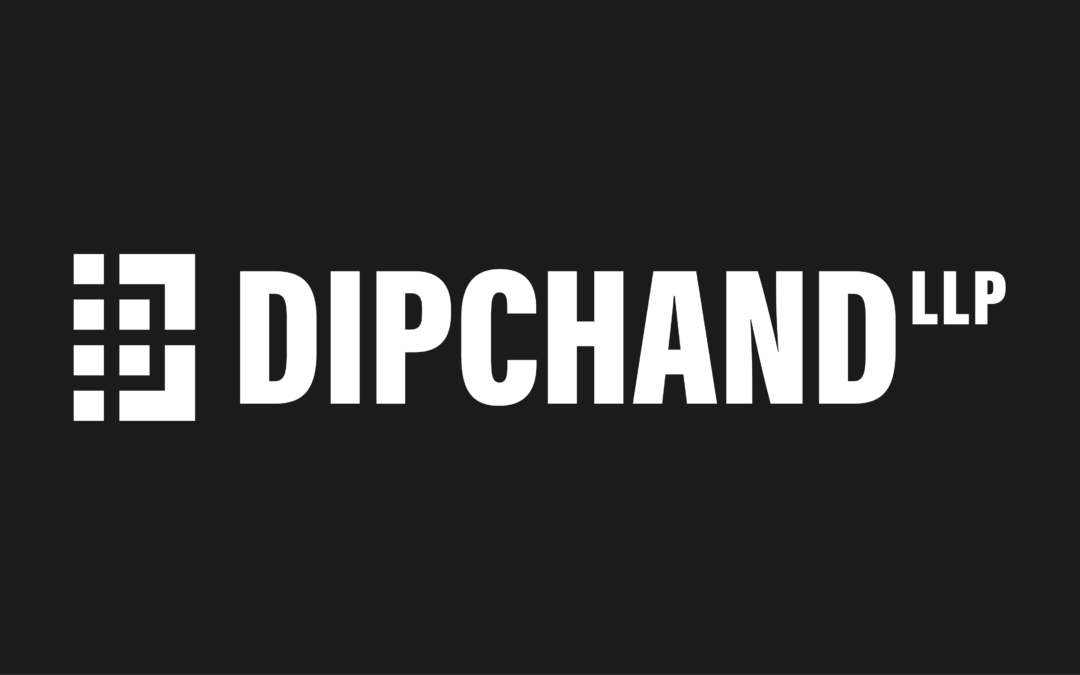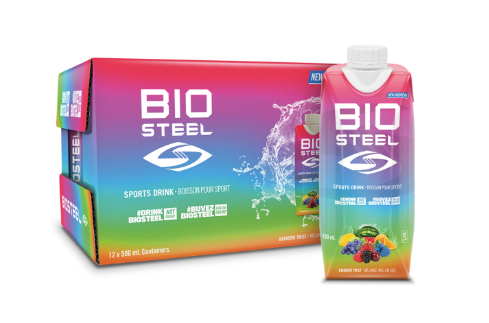Elizabeth S. Dipchand, Zach Nickels
Whether it’s in Canada, the US or other countries, copyrights are a balancing act. Through laws and public policies, copyrights are designed to encourage the creation and sharing of art, music and other works while preserving their authors’ ability to reap the just rewards from their efforts such as attribution and profits;[1] it’s a balance between extensive rights granted to authors against their limited scope and reach.[2] But scope and reach considerations invoke broader questions – where is the appropriate line drawn between an author’s economic or moral copyrights and works in the public domain against the expansive backdrop of the ideas available for all to draw upon for inspiration?
In recent years, prior copyrights have been enforced against major recording artists putting this very threshold question at issue, and these are not a new phenomenon. From Chuck Berry demanding credit for The Beach Boys’ Surfin’ USA in 1963,[3] The Rolling Stones suing The Verve over Bittersweet Symphony in 1997, [4] to Marvin Gaye’s estate suing Robin Thicke and Pharrell Williams over Blurred Lines in 2013[5] there have been a number of high-profile cases copyright infringement cases concerning sound recordings over the decades.
But what about cases that may have a wider impact? Some of these copyright actions, such as Led Zeppelin’s unsuccessful suit against Spirit over the opening bars of Stairway to Heaven, are narrower in scope; other claims can implicate genres of music more broadly. A recent claim filed in the United States District Court’s Central District of California may prove to be such a case, which could have a significant impact on the reggaeton music genre – if successful. For comparative purposes, we have contrasted this case with a recent Canadian action for copyright infringement concerning another modern hit song which was ultimately unsuccessful as a result of its failure to withstand a motion to dismiss.
Reggaeton Beat’s Common Ancestor?
On April 21, 2023 Jamaican music producer Cleveland Browne and the estate of the late Wycliffe Johnson filed a copyright infringement claim[6] involving a bunch of prominent reggaeton artists like Bad Bunny, Luis Fonsi, Danny Ocean and J Balvin, among others. An instrumental percussion piece called Fish Market recorded in 1989 is at issue, as well as other copyrighted derivations. Fish Market is described as “groundbreaking upon its creation” and, divided into 58 groups, form the basis of infringement allegations implicating the works of dozens of famous reggaeton artists.
As is common in copyright claims concerning famous artists, the Defendants brought motions to dismiss arguing that the claim lack a cogent legal theory and sufficient facts to establish liability; as well, they argued that the Plaintiffs’ failure to register any copyrights and file any action for thirty years after Fish Market’s creation raised estoppel and implied license issues.
Ultimately, the Defendants were not successful and the case continues in California; the court found that the estoppel argument turned in part on disputed facts and it was improper to resolve the case this early. While much is yet to be seen, this lawsuit, if successful, may have significant ripple effects and potentially monopolize an entire genre of music – the very issue of balancing the public interest in the dissemination of works with an appropriate award for authors.
Action for Copyright Infringement STAYed
In contrast to Fish Market, many claims for copyright infringement fail to survive early-stage motions to dismiss for a variety of reasons. A recent example of this can be found in the Canadian Federal Court case of Alam which was unable to survive its motion to dismiss, where the outcome of the Court’s decision came down to the fundamental defects in the claim rather than any considered copyright-dichotomy balancing act. This case, however, is an example of a more traditional copyright infringement case related to a specific work with a more-narrow scope of alleged infringement.
In Alam v Drew Bieber,[7] a self-represented litigant sought default judgement against Justin Bieber and $8M in damages for copyright infringement relating to the song STAY. The Defendant brought a motion to dismiss the action, but unlike the Fish Market case, the plaintiff’s claim read like a disjointed kitchen sink, rife with deficiencies. The claim made “bald and general allegations” of IP rights infringement including copyrights, trademarks and patents without any reference to specific IP or relevant statutory provisions. The claim also rather bizarrely referred to trade secrets and allegations that the Defendant had “stolen” the Plaintiff’s work over which the Federal Court of Canada does not have jurisdiction.
With respect to copyright allegations, the Court decided that it was plain and obvious that the claim lacked material facts and did not disclose a reasonable cause of action; the Plaintiff claimed the allegedly infringed song was recorded on an iPhone but deleted that same day, there were no earlier recordings, no out-takes, no draft of the written lyrics, and that the alleged author did not work with anyone else and there were no witnesses. Further, the Plaintiff made allegation that the Defendant had or actually accessed their song which is a necessary element in establishing copyright infringement.[8]
Take Aways
The Alam case is a typical example where, if successful, the scope of its impact would likely be limited to the specific song at issue. By contrast, the Fish Market case, while not yet decided, could potentially have the restrictive impact of limiting musical expression in the genre of reggaeton music. However, both of these cases showcase that while copyright claims can involve the balancing of public policy concerns, it is absolutely necessary for a claimant to plead sufficient material facts that disclose a reasonable cause of action to survive motions to dismiss at the outset.
[1] CCH Canadian Ltd v Law Society of Upper Canada, 2004 SCC 13 para 10 (“CCH”); Théberge v Galerie d’Art du Petit Champlain Inc, 2002 SCC 34 paras 30-31 (“Théberge”).
[2] CCH para 10; Théberge paras 30-31.
[3] Surfin’ USA was admitted by The Beach Boys songwriter Brian Wilson as a “re-write” of Berry’s Sweet Little Sixteen.
[4] Bittersweet Symphony’s was claimed to have used the Andrew Oldham Orchestra’s cover of The Rolling Stone’s track The Last Time as a sample and resulted in settlement.
[5] Blurred Lines was found by a Central District of California Court to have infringed Marvin Gaye’s 1973 hit Got To Give It Up.
[6] Cleveland Constantine Browne et al v Rodney Sebastian Clark Donalds et al, Case Number 2:21-cv-02840.
[7] Alam v Drew Bieber, 2024 FC 499 (“Alam”).
[8] Authorial originality is a complete defence to copyright infringement.




